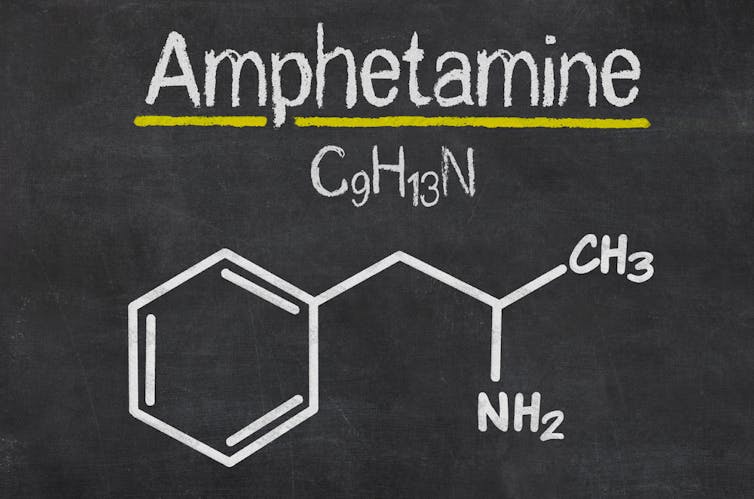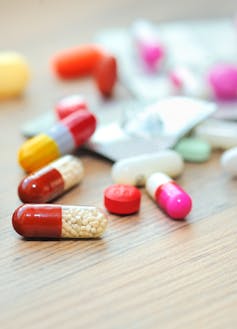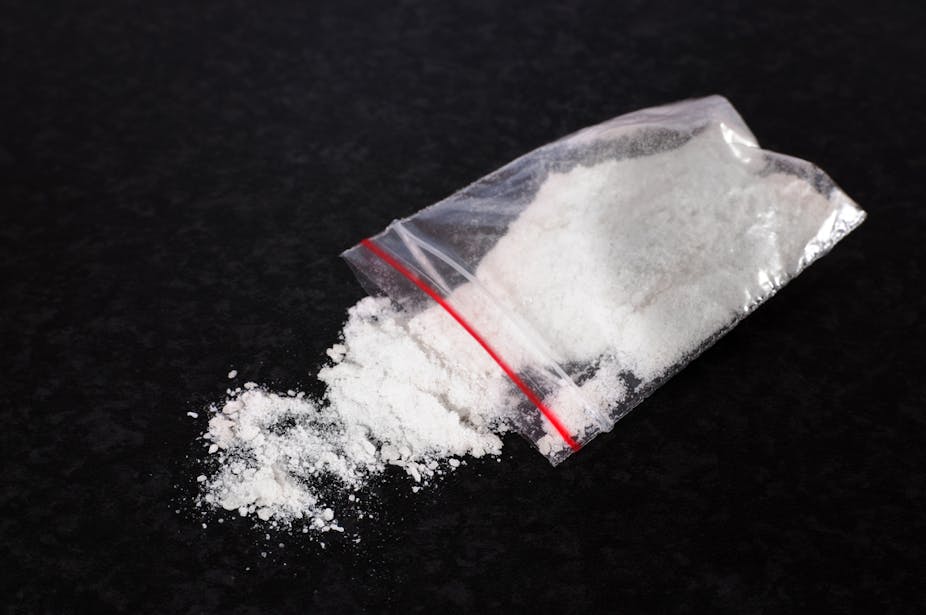In April, “legal highs” will join the list of illegal highs under the much criticised Psychoactive Substances Act 2016. This ban on legal highs, or novel psychoactive substances (NPS), is intended to cover a range of largely unregulated substances, such as nitrous oxide, while at the same time excluding more mundane – albeit, lethal – ones such as alcohol and cigarettes. But can it work?
The new restrictions continue the UK government’s attempt to use prohibition to control the use of drugs for recreational pursuits. The Drugs Act 1964, criticised at the time as hastily constructed, was arguably the first time controls were introduced in response to the “problem” of teenagers dancing all night. It banned amphetamines, largely because young teenagers began hanging around Soho in the early hours of Sunday mornings – after their amphetamine all-nighters.
Prior to the introduction of the 1964 act, amphetamines were the dance drug of choice – and they were legal to possess. But they were not legal to sell so, officially, they could only be obtained on prescription. In practice, however, the fact that possession was legal meant that a grey market in the drugs flourished and pills widely were sold in the regular haunts of teenagers too young to be served alcohol.

But there were alternative sources of amphetamine, too, such as Benzedrine inhalers, over-the-counter decongestants that contained the equivalent of 110 5mg amphetamine tablets. This “legal high” was being used often enough by 1957 that P H Connell, a leading researcher of amphetamine abuse, wrote to the British Medical Journal warning about the problems of psychosis caused by their use.
The potent effects of eating the cotton plug containing the active ingredients of the inhalers became folklore within the Mod-inspired, all-night dance culture that I joined in 1973. By that time, the amphetamine had been replaced by propylhexedrine, a substance I found less memorable than the menthol burps caused by eating the cotton plug.
But alternatives soon took their place. I was soon introduced to illicitly manufactured amphetamines that were more palatable and effective. These blue pills copied the 5mg Drinamyl antidepressant that achieved cult status in the 1960s with its “purple heart” shape.
But in the early 1970s, drug squad arrests ended the supply of the illicitly-manufactured pills, leading to a shortage. This led some of my peers to burgle chemist shops, a practice that had begun as soon as amphetamines were criminalised in 1964. Like many working-class lads without qualifications or prospects, we had little regard for personal safety or the law. Indeed, legislating to reduce supply is a blunt instrument that produces innovative responses to maintain access to drugs.
Unintended consequences
The new Psychoactive Substances Act is the latest episode of this ebb and flow between control and response that will fail to end these established patterns of drug use. In fact, changes to drugs law can even lead to some very unexpected consequences.
The 1964 law is a case in point. Cutting off the supply of amphetamines, it led to users resorting to the burglary of chemist shops. This in turn led to a change in the way amphetamines were stored – they were removed from the shelves of the dispensary and locked in secure cabinets with the Class A drugs. This led to problems of its own, as burglars looking for amphetamines would find them stored with opiates – and steal them as well. Before long, some amphetamine users were opiate users, too.
The worst aspect of this cross-pollination was the importation of an intravenous drug culture into a pill culture. This led to many premature deaths from hepatitis C.

Much has changed since the 1970s. Hopes of a drug-free society have evaporated. More people are drug wise enough to know which drugs to avoid. There is increased recognition that prison does not offer a solution to drug problems. The consensus among the eight police forces interviewed for the 2002 drugs market research was that recreational use was not a policing problem.
But we also need to know why people take NPS – and what the new law might do to them. In a survey I carried out with Tammy Ayres we found that people have a cluster of reasons for using these substances: availability, value, predictability (consistency of the product), legality, and safety.
Rather than single out any one factor it is better to think of the way each of these elements contributes to their attraction. Changing the legal status disrupts this relationship. The April 2010 ban of mephedrone, one of the most popular “legal highs”, for example, had the effect of increasing the price and reducing its availability. It did not stop its production, however. Indeed, once it was removed from the legal market, producers were forced into finding a new “legal” replacement to fill the shelves of head shops and internet retailers.
This process invariably leads to the production of good, bad, and indifferent concoctions. And it can be a dangerous business – particularly for those who go on to use them. Research by Rob Ralphs of Manchester Metropolitan University on NPS use in prison illustrates the negative effects of Vertex, a synthetic cannabinoid developed to replace Spice, often referred to as “synthetic marijuana”. Ralphs points out that the fact it is undetectable by prison drugs tests adds to its attraction. The low price and high demand for an addictive drug encourages smugglers to cash in.
What hope, then?
The new act is justified because we long have had the worst of both worlds. Before it, the more effective and toxicologically best understood substances (cannabis, ecstasy, LSD) were subject to legal regulation, while the least reliable and most untested ones were freely available. What’s more, as soon as one “legal high” was banned, chemists could simply tweak the formula and come up with something new that skirted around the law.
The government had little option but to introduce a blanket ban – but that doesn’t mean it will work. Instead, we need to completely rethink the categorisation of drugs. Professor Nutt’s argument that substances should be ranked according to harms makes sense. But until they are, legislation such as the PSA will only highlight the lack of logic in the current drug controls.

